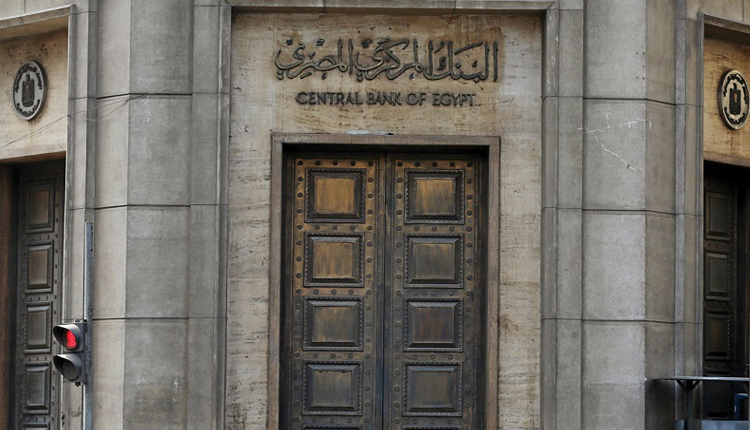The Monetary Policy Committee (MPC) of the Central Bank of Egypt (CBE) is expected to hold its meeting on Thursday to review key interest rates amid projections the MPC will maintain the current rates.
In March, the MPC decided to cut the CBE’s key interest rates by three percent (300 basis points) as a pre-emptive measure to contain the effects of the coronavirus crisis on Egypt’s economy and to maintain the gains of the economic reform programme.
Overnight deposit rates, overnight lending rates, and the rates of the main operation stood unchanged at 9.25 percent, 10.25 percent, and 9.75 percent, respectively since March.
The discount rate was also kept unchanged at 9.75 percent.
Over four meetings, since March, the CBE has not introduced more interest rate cuts thanks to a declining headline inflation rate, which is under the limit the CBE set by nine percent (+/-3 percent).
Annual headline inflation declined to 4.2 percent in July, down from 5.6 percent in June, the lowest rate recorded since November 2019.
The monthly headline inflation rate also dropped to 0.4 percent, down from 1.8 percent in July.
A number of investment banks operating in Egypt expect the CBE will maintain the current interest rates.
Head of macroeconomics and financials at HC Securities and Investment Monette Doss said inflation levels remain subdued coming in well below the CBE target of nine percent (+/-3 percent) during the fourth quarter of 2020 and less than HC’s earlier expectation of 4.2 percent year-on-year in August on declining food prices and low consumer spending on non-food items.
“We now expect inflation to fall to five percent during the fourth quarter of 2020, down from our earlier projection of six percent,” said Doss.
She added that real interest rates in Egypt reached a high of 4.7 percent and seven percent on short-term deposits and loans, respectively, significantly above their 12-year average of -3.3 percent and 0.8 percent.
“We, however, believe that the high real interest rate environment is driven by relatively low liquidity in the banking sector as well as the net foreign liability position held by banks,” Doss noted.
She explained that the CBE’s open market operations, as an indicator for interbank liquidity, declined to 10 percent of the total local currency deposits in August, which is below its 12-year average (excluding 2011-2013) of 21 percent, while the banking sector has been holding a net foreign liability position since the massive foreign portfolios outflows that occurred in March due to the COVID-19 crisis narrowing to $1.8 billion in July.
“We expect interest rates, including the one-year 15 percent certificates of deposits offered by public banks, to remain at elevated levels for the sake of keeping the banking sector’s liquidity. A larger-scale rebound of foreign portfolio inflows would boost interbank liquidity and lead to decreasing treasury bills (T-bill) yields from current levels,” according to Doss.


